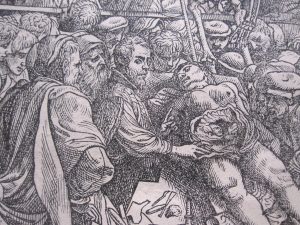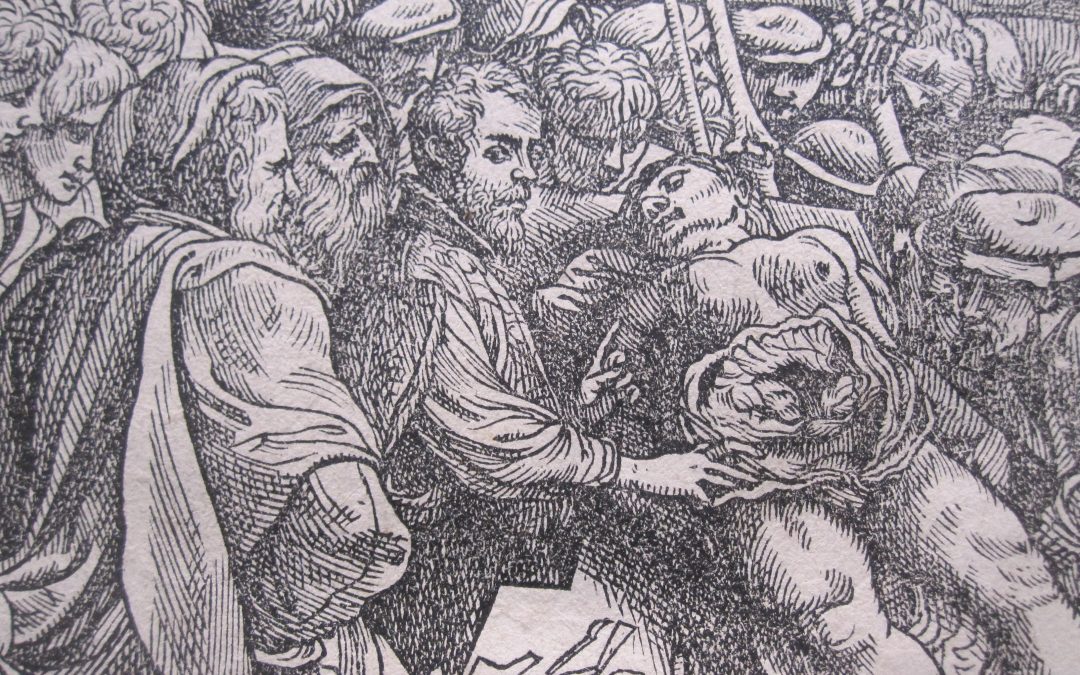In 1543, Andreas Vesalius, a 28-year-old professor at the University of Padua medical school, published a textbook of anatomy unlike any that had come before—revolutionary for its careful detail, exquisite illustrations, and enlightened design as a reference tool. But just as remarkable was its brazen challenge to the absolute authority of the Greek physician Galen, the medical giant of antiquity whose writings went virtually unquestioned in the thirteen centuries following his death. Galen’s grip on the theory and practice of medicine was such that to learn medicine was to learn Galen, and to question his writings was tantamount to heresy.
Vesalius, a serious student of Galen, figured out that Galen’s anatomy was based almost entirely on apes and pigs (in fairness, human dissection was forbidden in Galen’s time; his only chance to look within a human body was when he found a skeleton or tended to the wounds of gladiators). Vesalius’ book, De humani corporis fabrica, The Structure of the Human Body, identified over 200 errors in Galen’s anatomy while leveling unsparing criticism of how anatomy was being taught in medical schools.
It’s not surprising that Vesalius chose medicine as a career. His father was apothecary to Charles V, Holy Roman Emperor, and before him were three generations of respected physicians. Little is known about Andreas’ childhood in Brussels, but in later years he wrote of an unusual childhood hobby—dissecting small animals. His youthful explorations of the interior worlds of mice, piglets, and dogs grew into a passion for human anatomy; at medical school in Paris and then Louvain, he was recognized as a skilled dissector.
After graduation, he journeyed to the University of Padua for further study, and was soon invited to join the faculty—quite a step up for a 23-year-old fresh out of medical school. He was an immediate sensation; he performed dissections personally while he lectured, a radical departure from the shopworn, ceremonial dissections of academia.

The publication of the Fabrica brought him rock-star status but just as much backlash for daring to refute the sacred words of Galen. It was perhaps for this reason as well as family tradition that he quit Padua to become a physician to Charles V, Holy Roman Emperor, and subsequently to Charles’ son, King Philip II of Spain. https://en.wikipedia.org/wiki/Philip_II_of_Spain
Leaving academia for imperial service was a decision he surely came to regret. Although he did publish a second edition of the Fabrica in 1555, he was unable to continue his anatomical research. In 1564, he was offered his old chair at Padua, but King Philip declined to release him. Shortly thereafter, Vesalius uncharacteristically embarked on a pilgrimage to the Holy Land, only to die on the Greek island of Zante (now Zakynthos) on the return journey. One can only imagine what he might have accomplished had he stayed on at Padua, but even so, his legacy was assured

